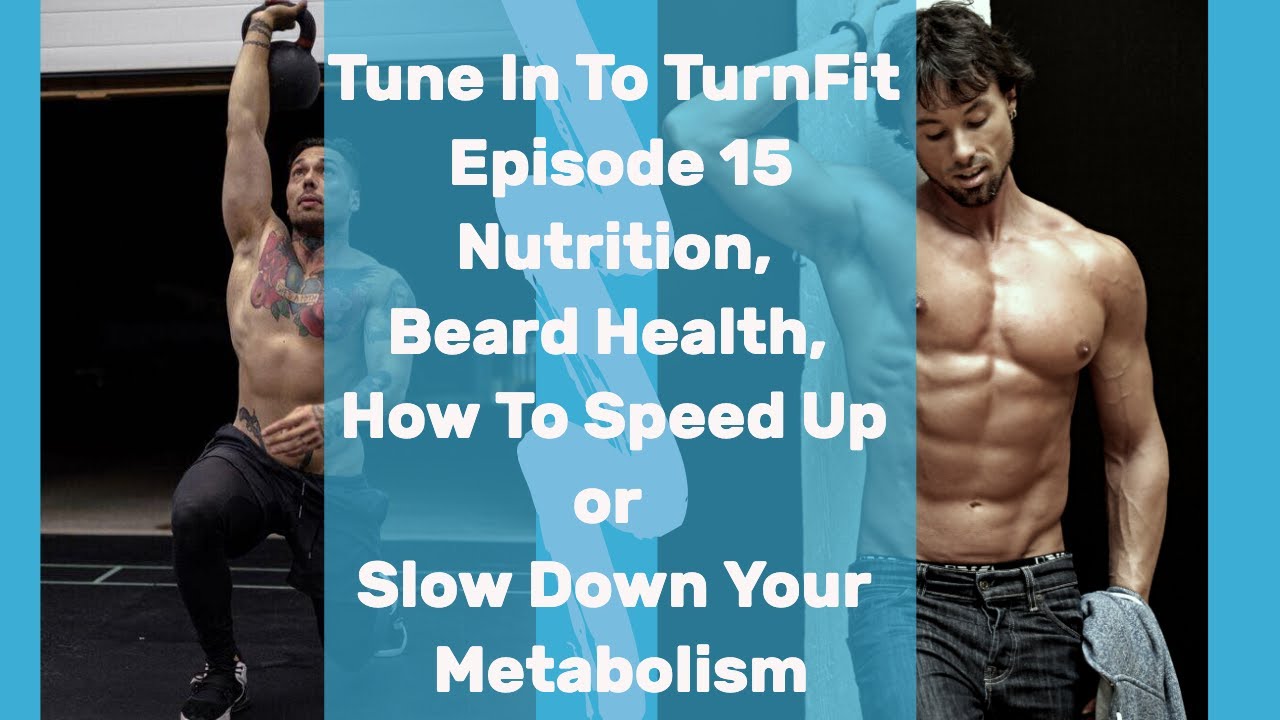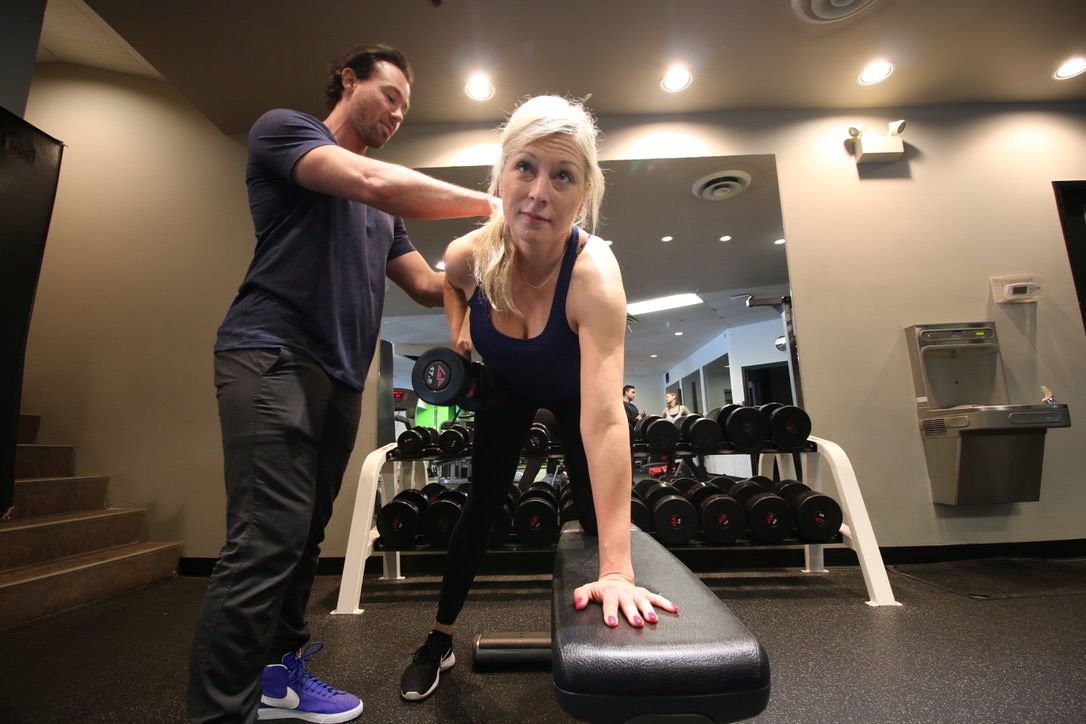When you step into the gym, it’s time to work. Regardless of whether you’re trying to improve your physique, lose weight, or just open that damn jar, the way you train can affect your abilities both on and off the floor. However, the option doesn’t have to be between training to improve power OR strength. There are plenty of ways to effectively improve both, to make sure you can achieve your athletic goals.
Power or Strength Training- What’s the Difference?
There are a lot of crossovers between power and strength training. Both are forms of resistance training, however, the adaptations they create in the body, and the goals of that training are varied.
Strength training refers to your body’s ability to produce enough internal force to move an external object. When it comes to training in the gym, this ‘external object’ is usually some form of weight (dumbbell, barbel etc…). However, it can also be targeted with bodyweight exercises, where the resistance to overcome is your body against gravity.
The generation of this force is a result of your muscles, joints and connective tissues working in synergy. Over time, the repetition of these movements gives your muscles the chance to repair, adapt, and strengthen, thereby increasing the internal force you can generate.
Training for power, on the other hand, still involves resistance but is almost exclusively about the speed of the movement.
When training for strength the rest in between sets tends to be longer, and the goal may be to beat your 1 rep max. Whereas training to increase power may use less resistance but aims to generate that force more explosively, in the shortest amount of time.
In doing so we are able to train our muscles and tissues to consistently produce fast and efficient movements. As an example, a power training program may include short sprints, box jumps and plyometrics, designed to improve your takeoffs, jump height, and movement speeds.

Plyometrics help to build explosive muscle power
So Should I Train for Strength or Power?
The ultimate answer is dependant on your circumstances. However, the choice doesn’t have to be whether to train for strength OR power. The best programs are designed to maximise both forms of training, as each one can enhance the other.
Second, enhancing the body’s ability to move resistance, in any form, is beneficial. Not only does it improve your strength and help you to tone, but resistance training:
- Increases bone density, and reduces that bone density loss as we age
- Reduces the risk of injury by protecting joints
- Can improve stamina and endurance
- Improves mobility and balance
- Can improve mental health issues and reduce stress
- Drastically reduce body fat by improving your body’s metabolic processes.
How to Train for Increased Strength
Whilst there are many benefits to strength training, the primary goal is- you guessed it- to improve your strength. That is, your ability to generate an internal force, and overcome (or lift) resistance.
In order to do this, we aim to keep the body in a ‘guessing’ state. We do this by regularly changing the movements and loads used. However, regardless of the lift, typically strength training programs will establish your 1 repetition max. This is the absolute most weight you can lift for 1 rep, depending on the exercise.
Then, this figure is used to calculate your training loads, which is usually around 85% of your maximum. Generally, these resistance loads are used in slow, low repetition sets like a 5 x 5 or 5 sets of x 3 repetitions type programs. The key is to also lengthen the rest period between each set, to ensure your muscles are recovering and able to perform again.
By the end of your allotted program time, you should see improvements to your 1 RM max, and can, therefore, establish if your strength is increasing.
Biologically, training for strength actually causes micro-tears in our muscles- but don’t worry- this is a good thing! When our body recovers and makes use of the protein and other nutrients/supplements in our system, these tears reknit and repair stronger and healthier. This is how your body and muscles adapt to the resistance and, therefore leads to your strength and muscle mass increases.
Some of the key points to take note of in a strength training program include:
- Slow and controlled eccentric movements (the down phase)
- Heavy resistance (85-90% of 1 RM max) but low repetitions
- Longer rest periods between sets
How to Train for More Power
Training for power isn’t necessarily more complicated, but it does give you more options. Remember that training for power is more about overcoming resistance at speed, so choosing which body parts to train, and why, are dependant on your athletic goals. For example, a sprinter would focus on improving their ‘leg power’ whilst a shot-putter may focus more heavily on upper body power.
Training for power can also target a number of types of movement. For example, a power program may include:
- Plyometrics e.g. box jumps, speed squats. Typically the resistance used is your own body weight or light resistance like medicine balls
- Ballistic movements e.g. kettlebells, scissor jumps, jump squats. Ballistic exercises tend to be more explosive, and require a fuller range of motion.
- Dynamic movements e.g. bench press, barbell squats, clean and jerk. Dynamic movements use the most resistance in power training, but is less than the 85%> used in strength training. Generally, dynamic power lifts will use between 60-75% of your 1 RM max, so that you can perform the lifts quickly, but with control.
When it comes to sets and repetitions in power training, they are similar to strength in that you will still use low reps (4-6), and around 5-6 sets. Remember the goal here is to generate that explosive power, so even though the resistance is less, the movements are performed more quickly. Over time your jumps will be higher, your joints will become more mobile, and your range of motion will increase.

Whether you’re training for power OR strength- developing coordination and mobility is key for both!
Can I Train for Strength and Power?
The great news is that yes- you can! In fact, any balanced resistance training program will be a combination of both, with some endurance and HITT training to boot. Whilst you may lean more towards one or the other depending on your athletic goals, the two are complementary. Improving your strength will increase your power, and increasing your power will also aid in boosting your strength.
Rather than be caught out with the latest gym fad, the best way to achieve your goals is with a personal trainer. Not only has research confirmed this to be the case, but it is also the best way to ensure that you are performing your movements correctly and that your training programs actually align with your goals.
At Turnfit, our dedicated team of trainers and wellness professionals aren’t just gym motivators. As some of Vancouver’s top personal trainers, we offer a full suite of health and lifestyle training and benefits.
Our studios are back open!
If you’re ready to get back in the gym or to try it out for the first time, our Vancouver personal training studios have begun to reopen! Each member of the Turnfit family receives/has access to:
- On-going health consultations
- Nutrition Programs
- Programs and training advice suited to your goals, and capabilities
- Access to TurnFit’s community
- Goal consulting
Thanks to the expertise of our team, we also offer and include:
- Fitness Competition Training
- Injury and rehab training
- Online personal training via the Turnfit app!
-This means you don’t even need to be in Vancouver to take advantage of our at-home personal training packages.
For more information about strength and power programs, or to see how Turnfit can help you to meet your health and wellness goals- reach out and connect with us!
About Turnfit Personal Trainers
Turnfit Personal Trainers is founded by David Turnbull or “Coach David” – an experienced and successful Personal Trainer who strives to build happier, healthier lives every day.
With a focus on holistic health, we pride ourselves on making a difference and were recently awarded the 2019 Top Choice Award for Personal Trainer in Vancouver.
For more information, please visit turnfit.ca, join our community on Facebook and take advantage of all of our FREE content by subscribing to our YouTube channel.
We look forward to hearing from you!
-David Turnbull



